Ventilation from plastic sewer pipes in a private house: the possibility of construction and the best options
Each living room must be equipped with a ventilation system, otherwise the owners will encounter mold, fungus, dust and dampness. The microclimate in the house is far from optimal, and with high humidity, the finish, building structures and furniture will quickly become worthless.
Is the budget so small that you cannot afford wage earners? A good solution is ventilation from plastic pipes in a private house - affordable and effective. The main thing is to build air ducts from them is easy with your own hands.
We will talk about how to organize ventilation from polymer pipes. We will introduce them to their advantages, disadvantages, and installation rules. Our recommendations will help to assemble a perfectly functioning system and operate it competently.
The content of the article:
Advantages and disadvantages in comparison
There are no prohibitions on the use in the construction of the ventilation pipeline of plastic or other products used in sewer systems. However, before planning and installing ventilation, you should definitely understand the characteristics of the material selected for the construction.
It is good if their advantages over metal boxes and, of course, disadvantages are known.
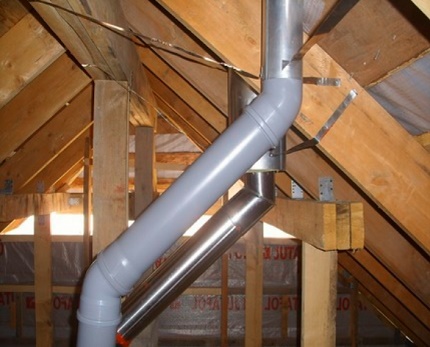
The advantages of plastic sewer pipes used in the arrangement of budgetary ventilation include:
- Low cost. PVC or PP pipe is several times cheaper than a tin galvanized analogue.
- Easy installation. To establish communication, the owner does not need to attract specialists - everything can be done with your own hands.
- Practicality. A variety of plastic parts allows you to create ventilation systems of any functionality.
- Electrical insulation. Plastic cannot become a conductor of electric current.
- Structural rigidity. Pipes made of PVC and PP do not need to be additionally fastened, they excellently hold the constructive direction and shape without additional devices.
Weighty plus plastic sewer pipesb is excellent resistance to biological and chemical influences. Mold colonies do not settle on their walls; they cannot be damaged by a household chemical product during cleaning.
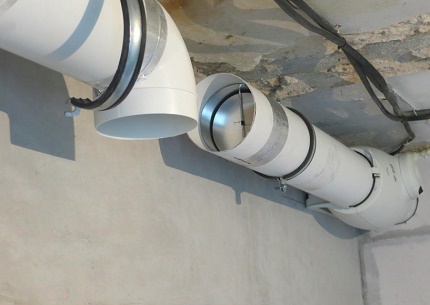
If we compare sewer plastic with specialized products, its disadvantages clearly stand out, these are:
- Poor resistance to high temperatures. Sewer pipe can not be used at air temperatures above 50-60 degrees.
- Insufficiently high strength. In comparison with metal, plastic does not differ in reliability, durability and resistance to negative external mechanical influences. If you try, you can damage it with a strong blow with a sharp object.
- Limited installation options. Plastic pipes cannot be laid next to heat generating units (boilers, heaters, stoves, columns, radiators and heating pipes). They can not be placed in areas freely exposed to the sun.
From plastic sewer pipes, you can build a ventilation system. It will be virtually as durable and stable as metal. Moreover, it does not transport any aggressive medium, and it does not experience pressure.
That is why PP and PVC pipes can be used almost everywhere: during the construction of fire ventilation systems, hoods over cooking surfaces, hidden ducts laid behind false ceilings and walls.
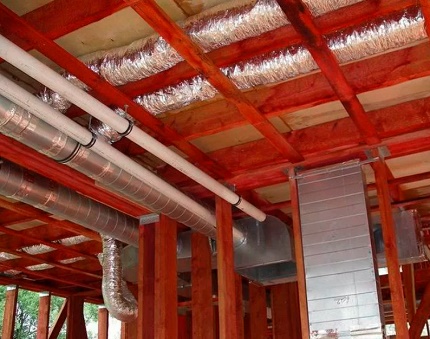
A wide range of clips and brackets are produced for attaching polymer pipes to structures. Suspension from the ceiling can be done using a metal mounting tape. Mounts for metal systems of a similar shape and size are also very useful.
Sectional Size Comparison
Plastic ducts, ventilation equipment (fans and diffusers), connecting
and sewer fasteners have the following diameters:
- 100 mm;
- 125 mm;
- 150 mm;
- 200 mm.
There are also less common sizes plastic pipesdesigned for ventilation systems.
PVC sewer pipes, as well as fittings, have their standard diameters, mm:
- 110;
- 160;
- 200.
Comparing the above parameters, there is a noticeable discrepancy with the standard dimensions of the ducts. When assembling a natural ventilation system from the components of a sewer system of appropriate sizes, there will be no problems.
When docking with an existing ventilation channel, discrepancies appear. Buy an adapter does not work - they do not exist, and to do it yourself in artisanal conditions is long and difficult.
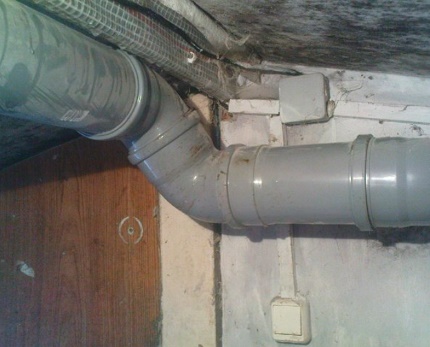
Difficulties may arise when selecting fans and other equipment for equipping a forced ventilation system from sewer plastic pipes. All equipment has standard sizes and, of course, will not fit in diameter.
Priority air exchange
Regulatory documents are designed to determine the parameters of natural air circulation. For a living area of 30 m2 air exchange should be 4.5 m3 air at 1 m2. With a larger volume of premises, 30 m is required for each person3 fresh air per hour.
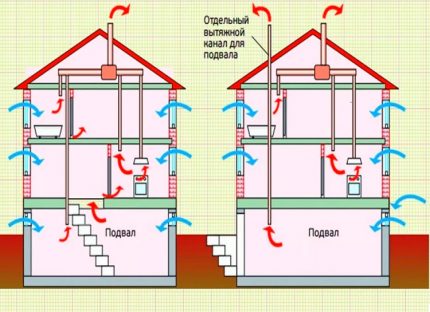
In the kitchen and bathroom, the indicator should be between 110-140 m3/ h For forced ventilation, indicators will be greater.
For the arrangement of ventilation in their home, plastic pipes with a diameter of 160 mm are excellent. This parameter provides air intake of about 30 cubic meters in 1 hour at a duct height of 3 meters. With other indicators, efficiency will be less.
If you need to increase throughput, you can increase the cross section of the duct and its length. To ensure maximum traction in each room, the same duct length should be on the same floor.
System recommendations
The normal operation of the system being built and the judicious purchase of material for its assembly should be preceded by a competently completed project.
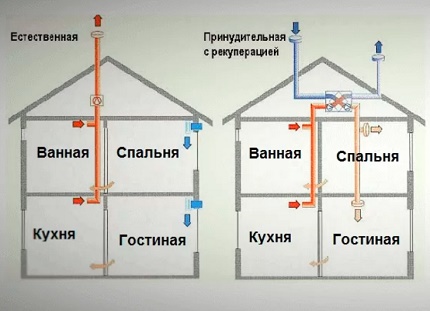
In order for the result to meet expectations, and the system to cope with responsibilities, you need to consider the following:
- When developing a project, try to reduce the number of sharp turns and bends in the ventilation duct. The smoother the ventilation channel, the more intense it will become air circulation.
- From the previous recommendation, the following directly follows. The shorter the air path from entry to exit, the more efficient the ventilation will be.
- When thinking about and creating a project, follow simple and simple schemes. Convenience in planning will reduce efficiency.
When constructing a ventilation system from plastic pipes, pay attention to the height of the structure itself. If the air outlet pipe rises to a height of less than 5 meters from the lower level, then natural ventilation will not work. In this case, it will have to be strengthened by fans.
Natural and artificial type
According to the type of motivation for the movement of air masses, ventilation systems are divided into natural and artificial:
- Natural, they are gravitational. Act due to the difference in density and temperature of the air mass outside the window and indoors. Exhausted warm air with a lower density rushes up and is drawn into vents, replaced by a denser cold stream from behind the window.
- Artificial, they are mechanical. They work by continuously stimulating the movement of air flow by fans. They are installed on the hood or on the inflow, it happens that they are mounted in the supply and exhaust components, but only one direction is always involved.
Gravity type of ventilation is directly dependent on weather conditions. In the summer heat, his work stops spontaneously, because the pressure between the air inside and out is equalized. It happens that the air flow in the heat occurs in the opposite direction: from the house / apartment to the street.
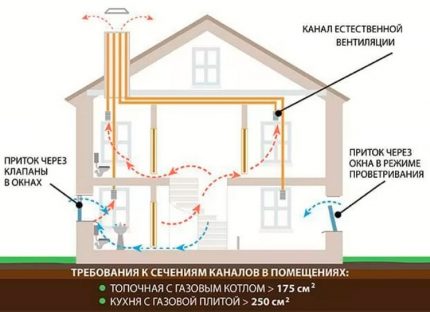
The intake of fresh air according to the natural pattern occurs through leaks in window and door openings with boxes, through open windows and periodically opened doors. Outflow - through barred ventilation holes arranged in kitchens and bathrooms.
The apartments of the old housing stock were ventilated according to a natural pattern. Nobody was going to mechanize her. Now in these apartments designed for natural flow, they put plastic sealed windows. Because of them, the normal movement of air is disturbed, therefore, together with the plastic window in the high-rise building, it should be mounted supply wall valve.
Supply or exhaust valves in the wall should be used in private homes in which the construction of mechanical supply and exhaust ventilation is not planned.
Using the valve, the most inexpensive but effective way will be provided inflow or outflow. In this case, the whole system will receive the status of combined - i.e. partially mechanized.
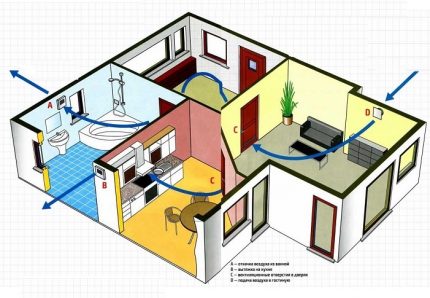
Mechanical ventilation - the most expensive and difficult to implement type of system, requiring the inclusion of a recuperator or air heater, air handling unit. Its ducts are laid behind false walls, suspended or suspended ceilings, laid out in building structures during the construction of the house.
Naturally, if the owner decided on the supply and exhaust ventilation device, he will not save on material for ventilation ducts. It is unlikely that he will buy sewer pipes. It is better to purchase plastic air ducts that can be connected to ventilation equipment without problems and tricks.
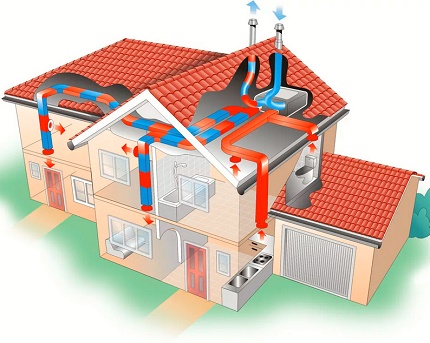
In private houses, exhaust ducts from bathrooms and cooker hoods either displayed separately in the attic or reduced to a common shaft located in the middle of the building. Thus, the loss of useful area is reduced and the shaft goes to the roof at the highest point, which provides excellent traction.
A plastic sewer pipe passing through the attic must be sheathed with insulation. Otherwise, the pipe will collapse due to temperature changes. Hotter air will always come out of the kitchen than in the environment, which means that due to unstable expansion, deformation or violation of the tightness of the channel is possible.
A cap is always installed on top of the pipe - a ventilation deflector that protects from precipitation.
System construction process
Exhaust device ventilation in the kitchen or in the bathroom begins with the markup of the entire system. After that, materials are selected and calculated. Never rush to calculations. Everything needs to be done carefully and calmly.
When designing, remember that in ventilation its functionality is important with the ability to maximize the use of all conditions in each room. If you make a mistake, you will have to use mechanical air blowers, which will significantly increase the cost of the system.
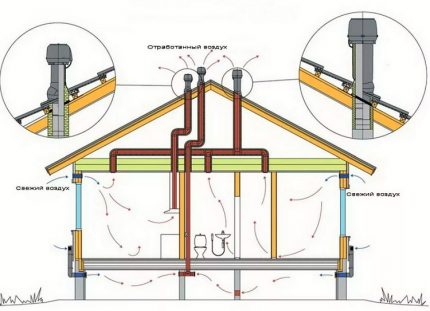
Installation steps:
- Ventilation design.
- Purchase of equipment: sewer pipes, installation products, fasteners, fittings, mounting metal tapes.
- Installation of brackets and clamps at the locations of the ventilation communications.
- Vent pipes are assembled from large pipes.
- Assembly and installation of air ducts.
- Connecting all branches to each other.
- Sealing compounds. There is no particular need for this, but it will not hurt.
- Install fans and valves, if equipped.
- Installation of ventilation dampers.
The finish of all types of installation work is testing the system for operability. All actions are to check traction. To do this, you need to attach a paper sheet or napkin to the exhaust ducts.
Design or circuit design
Creating a ventilation project begins with elementary calculations and information collection, then:
- Calculate the rate of air exchange throughout the house. This indicator depends on the volume of all premises, their purpose and the number of residents. In living rooms, the air should be completely changed 1 time in 1 hour, and in technical rooms (toilet / bath) - at least 3 times in 1 hour. Adding the resulting numbers, we get a performance indicator, taking into account which the diameter and height of the ventilation equipment will be selected.
- Draw a diagram of the movement of air flow. Immediately estimate the position of the intake and supply ducts.
- Draw a diagram of the ducts. Now do not take into account the details, adhere to the rules and try to fit the system without complicating the design. This is the most difficult stage of work. Hide ventilation from bulky plastic pipes is not so simple.
Outlines are ready. For some time, consider what devices you will have implemented in the system and where they will be located.
Detailing and assembling the system
Having solved all the questions according to the scheme and giving it the final look, it’s time to move on to detailing.
First, calculations are also made, components of the system, equipment are selected and the budget is reduced, then:
- The cross section is calculated and duct area. The maximum speed of quiet air movement is taken into account - otherwise, a buzz will be in the house.
- All sizes are transferred to the circuit.
- Detailing. A list of all necessary elements with sections is compiled.
- The total cost of the components of the ventilation system is calculated. Reduce your desires to the existing budget. At this stage, you will have to change the components several times, abandoning the desired in favor of the real.
- The final project is drawn. Do not forget about the nodes of the passage of the ventilation channels through the roof, ceiling, walls, insulation and consumables, ventilation grilles, fasteners and all other trifles, which ultimately result in a decent amount.
It remains to find, buy and install. Little has been written, but nerves, time and effort will take a lot to realize what was planned. Having mounted the entire system, one cannot yet say that everything is ready.

The ventilation system from plastic sewer pipes still needs to be tested and finalized during operation. Achieving the coordinated work of each element of the system is also not so simple. If the natural version of ventilation is not effective enough, it is worth upgrading by installing exhaust valves or their supply brothers.
Analysis of rumors and speculation
Hearing: Plastic sewer pipes, when used in the ventilation system, will emit harmful, and possibly poisonous substances, poisoning the air. They have a different purpose and harmful chemicals can be used in production. Therefore, when arranging a ventilation system, it is better not to risk it.
All, without exception, manufacturers of sewer fan pipes have documentation confirming environmental safety. It is impossible to refute or confirm this, because the production technology is kept secret. The manufacturer can familiarize you with the quality certificate for his product.
Hearing: Sellers ducts made of polymers They disseminate information, they say, sewer pipes are quickly electrified, which leads to the accumulation of dirt and dust on the inner surface of the pipes.
The movement of air can indeed provoke the formation of an electric static charge inside the pipe. It is strange why everyone is talking specifically about fan products, because tin pipes are also electrified. It's all about processing.
Plastic duct manufacturers must perform antistatic treatment. If you treat sewer plastic pipes with antistatic before installation, then the property of electrification will disappear.
Conclusions and useful video on the topic
The following video will familiarize you with errors in the construction of hoods from sewer pipes and ways to correct deficiencies:
Effective ventilation in a private house from sewer pipes is a very realistic option. The advantages and disadvantages of such systems are not much different from specialized ones, as evidenced by operational characteristics. However, only the gravitational type can be made of them.
It is worth mentioning the dimensions. All fastening and connecting fittings, bends and turns will be 2 times more than that of ventilation competitors. Appearance is also not up to par. Conclusions are made, and then you decide, more importantly, the final cost of the product or compactness and appearance.
You can share your own experience in the ventilation device from sewer polymer pipes in the block below. Write, comments, please ask questions, post pictures on the topic of the article. it is possible that your recommendations will be very useful to site visitors.

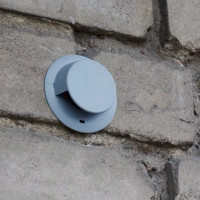 Ventilation in a private house from aerated concrete: options and methods of construction
Ventilation in a private house from aerated concrete: options and methods of construction  Is it possible to bring ventilation to the attic in a private house? The best accommodation options
Is it possible to bring ventilation to the attic in a private house? The best accommodation options 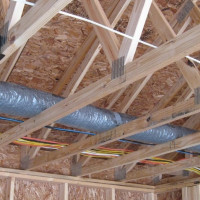 Ventilation in the house from sip panels: the best options and layouts
Ventilation in the house from sip panels: the best options and layouts 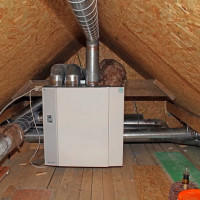 Ventilation in a two-story private house: options for organizing trouble-free air exchange
Ventilation in a two-story private house: options for organizing trouble-free air exchange 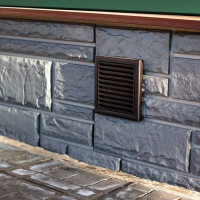 Natural ventilation in a private house: rules for arranging a gravitational air exchange system
Natural ventilation in a private house: rules for arranging a gravitational air exchange system 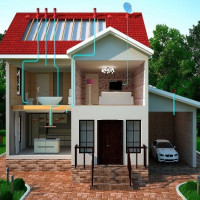 Ventilation in a private house: supply and exhaust systems + tips for arranging
Ventilation in a private house: supply and exhaust systems + tips for arranging  How much does it cost to connect gas to a private house: the price of organizing gas supply
How much does it cost to connect gas to a private house: the price of organizing gas supply  The best washing machines with dryer: model rating and customer tips
The best washing machines with dryer: model rating and customer tips  What is the color temperature of light and the nuances of choosing the temperature of the lamps to suit your needs
What is the color temperature of light and the nuances of choosing the temperature of the lamps to suit your needs  Replacement of a geyser in an apartment: replacement paperwork + basic norms and requirements
Replacement of a geyser in an apartment: replacement paperwork + basic norms and requirements